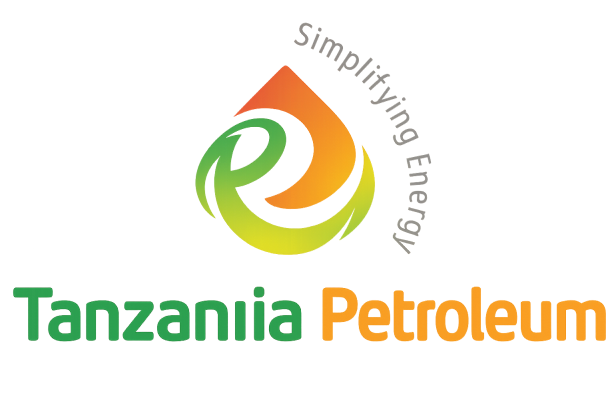Mozambique is slowly moving back into the global energy spotlight. After years of delay caused by insecurity in Cabo Delgado, the country’s massive liquefied natural gas (LNG) projects are regaining momentum. The road ahead is not free of risk, but signs of renewed confidence are emerging.
At present, only one LNG project is producing in Mozambique. Eni’s Coral South floating LNG (FLNG) has been exporting gas from the Rovuma Basin since 2022, proving the country can deliver LNG to international buyers. Coral’s operations have become the anchor around which expectations for larger onshore projects now turn.
Timelines and FID Targets.
The focus is shifting to the two mega-projects still waiting to be unlocked: TotalEnergies’ Mozambique LNG (Area 1) and ExxonMobil’s Rovuma LNG (Area 4). Both have the potential to reshape Mozambique’s economy and make the country a significant global LNG exporter.
Industry sources say ExxonMobil and partners are pushing Rovuma LNG through early works and front-end engineering design (FEED). The company is aiming for a final investment decision (FID) by mid-2026, with production possible before the decade ends if schedules hold. This is not yet a firm commitment, but it shows determination from the operator after years of silence.
TotalEnergies, meanwhile, has been preparing conditions to restart its suspended $20 billion project. Earlier this year, Mozambique’s government signaled that construction at Mozambique LNG could restart before the end of 2025. The plan includes re-engaging contractors and restoring confidence among financiers who withdrew when violence forced the project to halt in 2021.
Security as the Decisive Factor.
Security remains the single biggest barrier. Cabo Delgado has witnessed deadly attacks from insurgents in recent years, forcing foreign workers to evacuate and putting multi-billion investments on hold.
Last week, international media reported that ExxonMobil’s chief executive personally sought security guarantees from Mozambique’s president before moving forward with Rovuma LNG. This highlights how deeply investors weigh safety before committing capital. No matter how strong the gas reserves or how attractive the LNG market, projects cannot advance without credible security on the ground.
The Resource Base and Global Demand.
The Rovuma Basin is among the largest undeveloped gas reserves in the world, with estimates of more than 100 trillion cubic feet of recoverable gas. This scale places Mozambique in the same conversation as Qatar, Nigeria, and the U.S. Gulf Coast when it comes to future LNG supply.
Read also: Can Tanzania’s Gas Reserves Keep Pace With the Global Energy Race?
Timing also matters. Global demand for LNG remains robust, especially in Asia and parts of Europe seeking alternatives to Russian gas. If Mozambique can move ahead with FIDs in 2025–2026, it will likely find buyers eager to secure long-term contracts. But hesitation risks missing the current supply gap, as other producers — including the U.S. and Qatar — are already racing to expand capacity.
Financing and ESG Scrutiny.
Beyond security, financing is another test. Multilateral lenders and export credit agencies are scrutinizing social and environmental impacts more closely than in past cycles. In August 2025, the U.S. International Development Finance Corporation published a review of the Rovuma project, highlighting the need for community engagement and transparent governance.
For Mozambique, this means investors will demand not only commercial returns but also progress on social stability, local jobs, and environmental safeguards. Capital is available, but it will not come without conditions.
Implications.
If the two big projects move forward, Mozambique could emerge as Africa’s largest LNG exporter by the early 2030s. The economic transformation would be huge: billions in investment, thousands of jobs, and significant government revenue.
At the same time, challenges remain. Project developers must spend heavily on security, insurance, and local community programs. Timelines announced today — mid-2026 FID, late-2020s production — are possible, but they represent a best-case scenario. Delays cannot be ruled out.
Looking Ahead.
For now, Mozambique is at a crossroads. Coral South FLNG shows what is possible. ExxonMobil and TotalEnergies are edging closer to FIDs, but security and financing conditions must be fully resolved.
The next 12–18 months will decide whether Mozambique becomes one of the great LNG stories of this decade, or whether its potential remains on hold. Investors, governments, and local communities are all watching closely.






